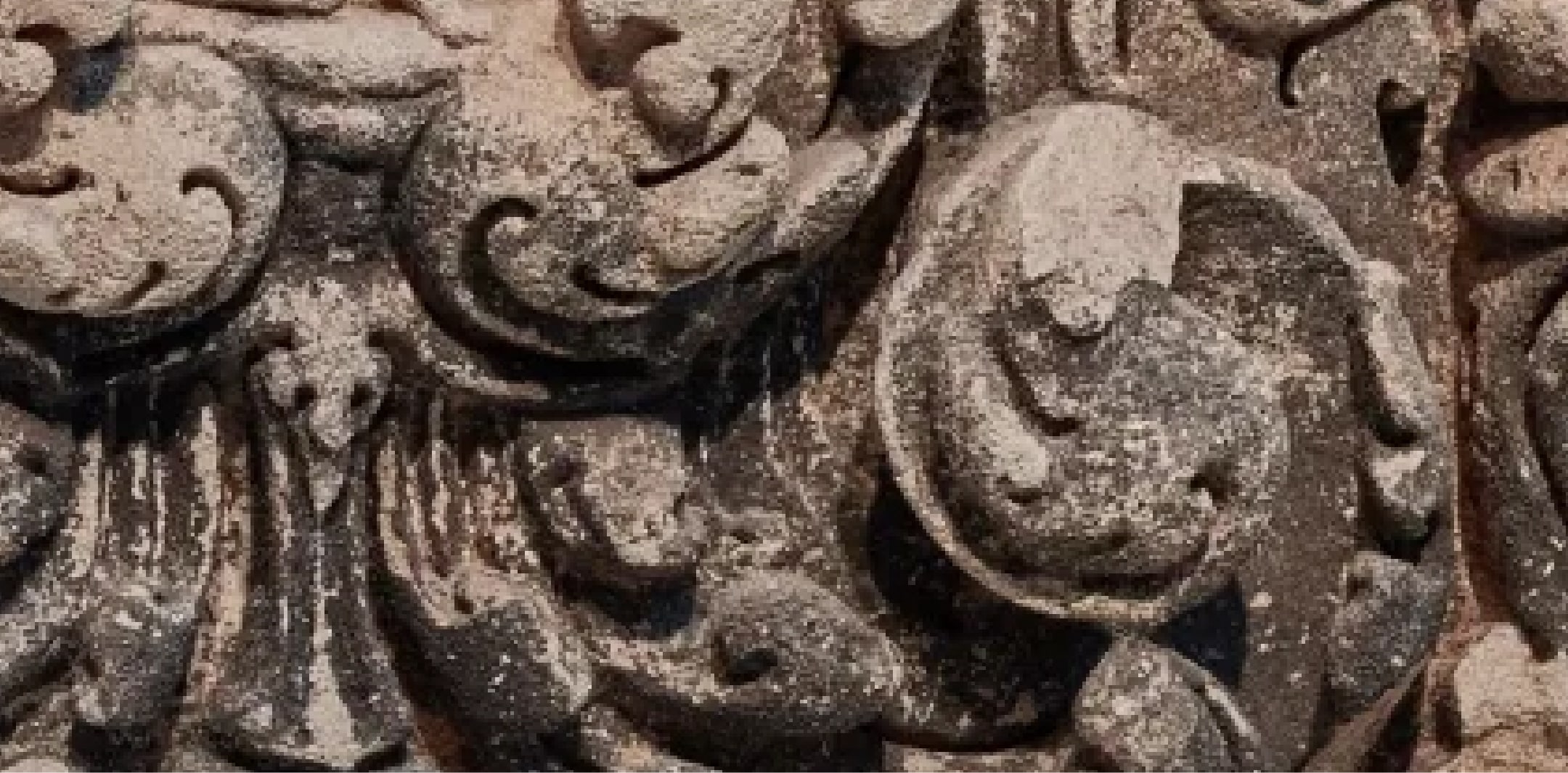Index to cross-referenced correspondents in series 4 - correspondence - reader mail.
Baker Furniture, Inc. -- Baker, Hollis S.; Van Steenberg, Frank
Benjamin Moore & Co. Limited. -- Ketcheson, Phyllis
Bois, McCay & Associates Ltd. -- McCay, James T.
Bocher, Main -- Mainbocher Inc.
Bonniers -- Holmquist, Goran F.
Brooklyn Hospital -- High, E. Geoffrey
Brown Jordan Metal Furniture -- Nowell, Margaret
Caples Company -- Davidson, DeWitt S.; Tery, Joseph A.
Clarke, Grace Rickey, Studio -- Daniels, Jessie Clarke
Columbia University. East Asian Institute -- Wilbur, C. Martin
Corcoran Gallery of Art - Fine Arts Committee -- Mitchell, Eleanor
Cranbrook Art Academy -- Strengell, Marianne
Dallas, Texas, Aquarium -- Moore, Jeff W.
Daniels, Jessie Clarke -- Nierenbere(?), Ted 1960 January 15
Drexel Furniture Company -- Brown, Frank Penfold; Fisk, Betty
Dunbar Furniture Corporation of Indiana -- Sprunger, G. W
Embassy of Japan -- Shimanouchi, Toshiro
Fan Company -- Herz_ _ __er,(?), (?)
Ficks Reed Co. -- Ficks, R. L.
Fine Arts Committee -- Mitchell, Eleanor
Fong, Miho, Choy and Robinson -- Miho, Katsuro
Frigidaire -- Brechler, C. Carlton
Geijutsu-Shincho -- Yoshio
Good Housekeeping -- English, John
Graham, John, and Company Architects-Engineers -- Pries, Lionel H.
Greenwood Tree -- Newsom(?), Sarril(?)
Hap's Capitol Lake Nursery -- Schamehorn, F. H.
Harvard-Yenching Institute -- Baxter, Glen W.
Hearst Corporation -- Curran, Edward J.
Hearst Magazines -- Deems, Richard E.; Starger, Jerry
Home Furnishings Daily -- Schrader, Martin H.
Home Modernizing Guide -- Harmon, A. J.
House & Garden -- Bradley (?), _ _ _ _ _(?)
House & Home -- Prentice, P. I.
House Beautiful -- Schrader, Martin H.
Ikebana International (Georgia Chapter). -- Henser, Eula A.
Interiors -- Durrie, Charles H.
International Cooperation Administration -- Kunihiro, Masao
International Cooperation Administration -- Kunihiro, Masao
Jackson Furniture Company -- Jackson, Harry
Japan Air Lines Company, Ltd. -- Wakasugi, Akira
Japan, Consulate General -- Tanaka, Atsuko
Japan Food Corporation -- Oyama, Wesley
Japan Tourist Association -- Yokota, Iwao
Japan Trade Center -- Yamamoto, Masato
Kougakuin University -- Amano, Taro
L'Architettura -- Zevi, Bruno
Lifshey, Earl -- Schrader, Martin H.
Martin-Senour Paints -- Stuart, William M.
Maruzen Company, Limited -- Kusama, S.
Massachusetts Institute of Technology -- Millon, Henry
Mercorney's Decorative Supplies -- Priddle, D. F.
Mitsui Bussan Kaisha, Ltd. -- Maeda, Y
Moore, Benjamin, & Co. Limited -- Ketcheson, Phyllis
Neiman-Marcus -- Thomas, Michael H.
New Homes Guide -- Harmon, A. J.
New York Times -- Claiborne, Craig
News (Newspaper : N.Y.) -- Garrett, Harold G.
Northern Illinois University -- Parmer, J. Norman
Northwest Missouri State College -- Bensusan, Guy
NuTone -- Corbett, J. Ralph
Popular Science Publishing Co., Inc. -- Hammond, Godfrey
Public Relations Board, Inc. -- Alexander, Alice
Richmond Schools (Richmond, California) -- Burkett, Alyce
Scripps College -- Petterson, Rich
Shinchosha Company -- Sato, Yoshio
Sloane, W & J, Inc. -- Fox, Frederika
Southern Pine (?) Company -- Temple, T.L. Latané
Southern California School of Theology -- Hatfield, John
Stockwell, C. W., Co. -- Sisson, Charles F.
Stone & Schulte Inc. -- Kosieris, Andrew J.
Sunset Lane Magazine Company -- Mellquist, Proctor
Syracuse University -- Haring, Douglas G.
Tennessee Fabricating Company -- Sauer, Abe
Thaibok Fabrics Ltd. -- Dewar, Muriel
Times-Picayune Publishing Company -- Healy, George W., Jr.
Unitarian Church of Chico (Chico, California) -- Boeke, Richard F.
United States - Japan Centennial -- Hall, Nana Gaddis
University of Chicago - Oriental Institute -- Wilson, John A.
University of Nebraska -- Sakai, Robert K.
University of Pennsylvania -- Saunders, E. Dale
University of Washington -- Johnson, Pauline
University of Wisconsin -- Boardman, Eugene
University of Tokyo -- Yoshimura
Vaughan's Seed Company -- Carleton, R. Milton
Weston Nurseries, Inc. -- Mezitt, Edmund V.
Yale University - Eastern Asia Studies -- Yanaga,Chitoshi
Yamanaka & Co. (Kyoto, Japan) -- Yamanaka, Jiro
